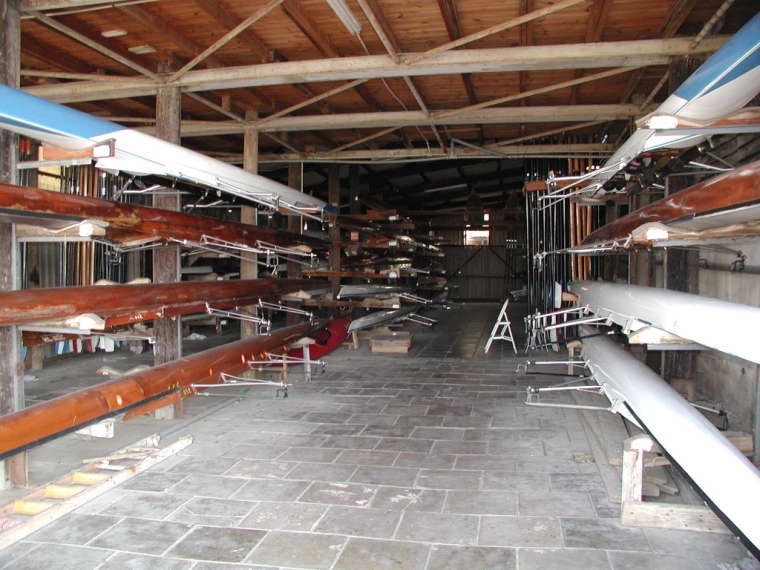Rowing can be subdivided into two key forms of rowing; sweep oar or sculling. Strahan et al. (2011) investigated differences in spinopelvic kinematics between these two groups by placing high level athletes on an interchangeable sweep/scull ergometer and measuring movements in the spine and pelvis using a 3-Space Fastrack electromagnetic device. This device had previously been tested and shown to be both valid and reliable. As could be expected, they found significantly increased levels of lateral flexion and axial rotation in sweep rowing and this was maintained throughout the entirety of the stroke cycle. Interestingly, in light of the injury data available, the majority of this movement came from the lower thoracic and upper lumbar regions, whilst the lower lumbars remained relatively neutral. These lower lumbar region tend to be the area that has the highest rate of injury.Strahan et al. hypothesised that this may be a protective mechanism unique to high level rowers such as the ones in their study.
However, their results did show that during both sweep and sculling strokes athletes’ demonstrated flexion of the lumbar spine coupled with posterior tilt of the pelvis at the catch. This posture weakens the ability of the active structures in the spine to resist shear forces and could be considered to be a possible explanation for injury in the absence of axial rotation and lateral flexion. Earlier work (Parkin et al. 2001) also indicated asymmetry of lumbar musculature in sweep rowers, with asymmetrical muscle activity in the lumbar erector spinae (L2/L3) significantly related to rowing side (p < 0.01). This study indicated that the rotation and lateral flexion forces may be generated from lower down, rather than the thoracolumbar junction region indicated in Strahan et al.’s (2011) study. Work looking at cross sectional posterior muscle mass in elite rowers, via MRI scans found no significant asymmetry at the level of the L4-L5 and L5-S1 disc spaces (McGregor et al. 2002). This works in support of the previous studies in suggesting the torque required in rowing is not produced from the lower lumbar levels.
REFERENCES
McGregor, A. H., Anderton, L., and Gedroyc, W. M., 2002. The trunk muscles of elite oarsmen. Br J Sports Med, 36 (3), 214-217.
Parkin, S., Nowicky, A. V., Rutherford, O. M., and McGregor, A. H., 2001. Do oarsmen have asymmetries in the strength of their back and leg muscles? J Sports Sci, 19 (7), 521-526.
Strahan, A. D., Burnett, A. F., Caneiro, J. P., Doyle, M. M., O’Sullivan, P. B., and Goodman, C., 2011. Differences in spinopelvic kinematics in sweep and scull ergometer rowing. Clin J Sport Med, 21 (4), 330-336.
Special thanks to Claire at Headingley Chiropractic Clinic for writing this blog

